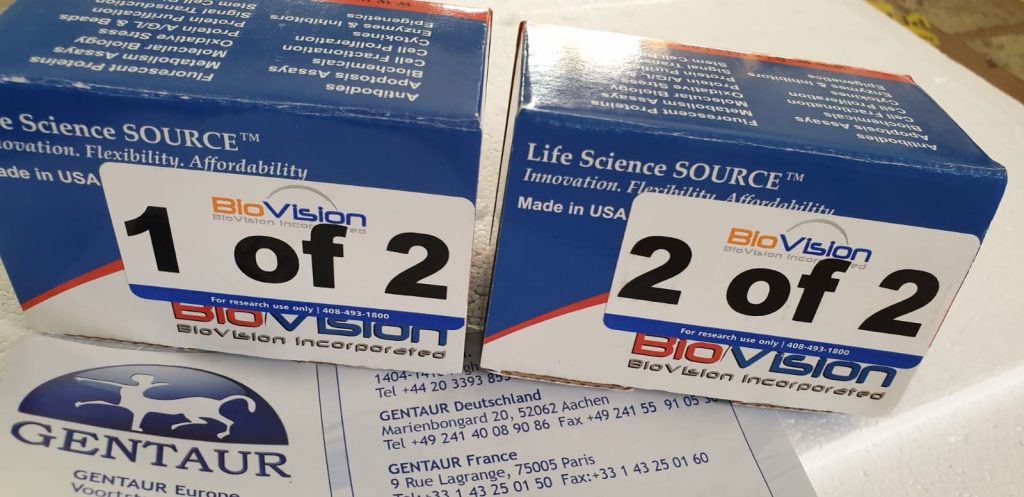Methods for decoding tracer assessments usually depend on equations assuming a pure regional flow which is straight and uniform. The most important goal of this undertaking was to develop extra reasonable equations for the advective part of contaminant transport, by together with the flow lines distortion occurring in the neighborhood of the injection well. The complicated potential of the flow throughout a tracer take a look at was calculated by superimposing the complicated potential of a pure, straight and uniform flow distorted by the presence of a passive well, and the complicated potential of a radial flow akin to an isotropic injection alone.
The equations had been developed for a horizontal plan and the calculated complicated potential yielded a groundwater velocity discipline, and after that a method connecting the place of the advancing entrance of the tracer plume to the injection period. These new equations had been then examined with numerical simulations. A two-dimensional aquifer plan was modeled and set in order to numerically resolve particle monitoring and journey time computation of the transferring entrance inside a affordable calculation time.
This mannequin offered a comparability of occasions wanted to completely get well the tracer plume beforehand injected, the one calculated with the new equations and the one calculated with former equations neglecting the impression of the well presence on the groundwater flow discipline. The outcomes confirmed that the new equations are considerably extra exact, in specific when the injection price is sufficiently low in comparison with the pure regional flow price, with a comparatively giant well diameter and in the neighborhood of the injection well.
Three completely different plume shapes might be visualized numerically, and people shapes rely upon the worth of a parameter △ which compares the velocity element attributable to the injection in the well and the element attributable to the pure regional flow.
Straight again syndrome as a clue to diagnosing asymptomatic congenital valvular coronary heart illness and limiting the danger of weightlifting
Although each are initially asymptomatic, mitral valve prolapse/myxomatous mitral valve illness (MVP/MMVD) and bicuspid aortic valve (BAV), with its related aortic illness, are at the moment the two commonest congenital valvular coronary heart illnesses. Severe mitral regurgitation on account of rupture of chordae tendineae (CTR) prompts surgical procedure for MVP/MMVD. Surgery for BAV is carried out for extreme aortic stenosis and/or regurgitation, usually with administration of root and/or ascending aortic enlargement.
There could also be an affiliation between straight again syndrome (SBS) and MVP/MMVD, which can be a key to earlier analysis. Other associations hyperlink weightlifting with ascending aortic enlargement and with CTR, the place the widespread theme is blood stress elevation. As the quantity of individuals with health heart memberships continues to extend, this doubtlessly exposes extra undiagnosed people with MVP/MMVD or BAV to danger from weightlifting. Challenges embrace making the public conscious of this danger and getting ready the osteopathic doctor to acknowledge sufferers in danger by a structured history-taking and focused cardiovascular examination.

Fabrication of High-Quality Straight-Line Polymer Composite Frame with Different Radius Parts Using Fiber Winding Process
The extraordinary options of fibrous composites allow superior industries to design composite constructions with superior efficiency in comparison with conventional constructions. Composite body constructions have been designed steadily as parts of mechanical methods to withstand lateral and gravity hundreds. The manufacturing of high-quality composite frames relies upon totally on the correct fiber winding on frames with completely different pro-files and curved shapes.
The optimum fiber winding course of on a nonbearing composite body with a round cross-section is described in earlier works by the similar authors. As an extension to that, this research focuses on the manufacturing of straight-line composite frames with completely different profile radii at a number of areas. Such manufacturing process permits steady winding of fibers progressively on particular person elements of the body and usually with completely different angles of fiber winding.
The winding process is carried out utilizing fiber-processing head and industrial robotic. The process for calculating the distance of the winding airplane of fibers on the body from the guide-line of the fiber-processing head is focused. This distance is determined by the required angle of fiber winding, the radius of the body, and the geometric parameters of the fiber-processing head.
The coordination of the velocity of winding the fibers on the body and the velocity of the passage of the body by the winding head can also be thought of. Determining the appropriate distance of winding the fibers from the corresponding guide-line of fiber-processing head and proper coordination of the winding velocity and the velocity of passage of the body by the fiber-processing head guarantee compliance of the required angles of fiber windings on the body and homogeneity of winding fibers, that are the two of the most necessary conditions for producing a high quality composite body. The derived idea is well verified on a sensible experimental instance.
Use of the novel curved GOKU balloon catheter for acute-angled lesions in palliative surgical procedure for congenital coronary heart illness: comparability with a typical straight balloon
Obstruction develops generally at the acute-angled portion of the vessels following palliative surgical procedure, corresponding to systemic-pulmonary shunt (SP shunt), proper ventricle-to-pulmonary artery shunt (RV-PA shunt) in the Norwood-Sano process for hypoplastic left coronary heart syndrome, and cavopulmonary (Glenn) anastomosis. Although balloon angioplasty is a remedy choice, dilation with current straight balloons is typically ineffective and technically difficult as a result of of balloon slippage and goal vessel distortion.
In this research, we investigated the effectiveness of a curved GOKU balloon catheter for balloon angioplasty in postoperative acute-angled lesions related to palliative surgical procedure for congenital coronary heart illness. We reviewed sufferers who underwent balloon angioplasty for angled lesions difficult by SP shunt, RV-PA shunt, or Glenn anastomosis, utilizing the novel curved GOKU or a typical balloon catheter, corresponding to a Sterling balloon catheter. We evaluated sufferers’ backgrounds, balloon specs, goal lesion anatomical options and angles, and short-term outcomes. We evaluated 45 procedures in 18 sufferers.
A curved GOKU was used in 20 procedures, and a Sterling balloon in 25 procedures. The angulation of the lesions at most balloon inflation was considerably smaller utilizing a curved GOKU vs a Sterling balloon [70-120 (mean ± standard deviation, 97 ± 40) degrees vs 110-180 (149 ± 46) degrees, respectively; p < 0.001], whereas the authentic angle was related between the teams.
[Linking template=”default” type=”products” search=”Informatiepictogram – E-sigaretten toegestaan” header=”3″ limit=”166″ start=”4″ showCatalogNumber=”true” showSize=”true” showSupplier=”true” showPrice=”true” showDescription=”true” showAdditionalInformation=”true” showImage=”true” showSchemaMarkup=”true” imageWidth=”” imageHeight=””]
Patients’ short-term outcomes with the curved GOKU had been glorious, with a considerably higher p.c improve in minimal lumen diameter of 0-220% (92% ± 66%) vs 0-46% (18% ± 15%) with the Sterling balloon (p < 00.1) and with much less frequent balloon slippage. The curved GOKU was more practical in balloon angioplasty for acute-angled lesions in contrast with a typical straight balloon, doubtless as a result of of higher conformability to the lesion angle and slip resistance.

